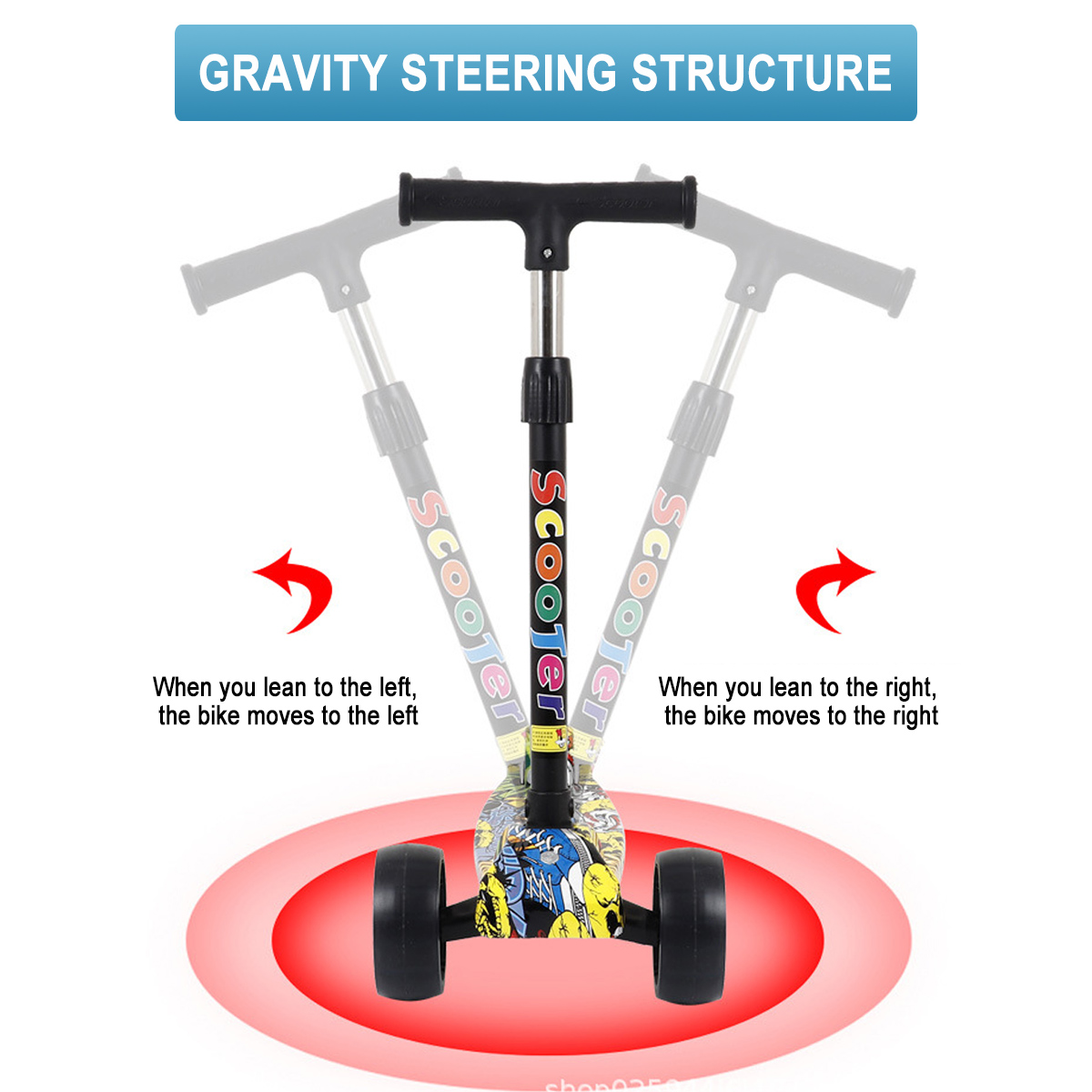The Evolution and Popularity of Two-Wheeled Scooters
In recent years, the two-wheeled scooter has surged in popularity, becoming a favored choice for urban commuters, recreational users, and even children. This versatile and compact mode of transportation has transformed the way people navigate through crowded streets and congested cities. With the advent of electric scooters, the traditional kick scooter has evolved significantly, offering new features and usability that cater to a modern audience.
Historically, scooters have been around for decades, initially designed as a simple vehicle for children. Made from metal and featuring a platform with handlebars, the classic scooter helped kids develop balance and coordination while providing endless fun. Over time, these scooters evolved into more sophisticated designs, featuring improved materials like aluminum and stronger wheels, making them more durable and user-friendly.
The Evolution and Popularity of Two-Wheeled Scooters
The integration of technology has also played a critical role in the evolution of two-wheeled scooters. The introduction of electric scooters has transformed the landscape entirely. These electric variants offer greater speed and range, making them an attractive option for commuters looking to avoid traffic and reduce their carbon footprint. With varying models available—from those designed for leisurely rides to high-speed scooters for thrill-seekers—there is a scooter to fit nearly every need.
scooter 2 wheels

Safety features have also come to the forefront in scooter design. Helmets are now widely recommended or required in many places, and many electric scooters come equipped with lights and reflectors, enhancing visibility during nighttime rides. Additionally, braking systems have improved, with some models incorporating regenerative braking technologies. Nonetheless, riders must remain vigilant, especially in traffic-heavy areas, as safety remains a priority.
The economic aspect of scooters cannot be overlooked. Both manual and electric versions provide a cost-effective transportation option when compared to car ownership or public transit costs. Furthermore, many cities have implemented electric scooter-sharing programs, allowing individuals to rent scooters on-demand through smartphone apps. This innovation has made it even easier for users to access scooters without the burden of maintenance and storage.
Culturally, scooters have become a symbol of youth and freedom, particularly among younger generations. Social media platforms are filled with images and videos showcasing the latest tricks and rides, fostering a vibrant online community centered around scooting. Events, competitions, and gatherings centered on scooter culture have emerged, encouraging camaraderie among enthusiasts and a shared passion for this mode of transport.
As we look towards the future, the two-wheeled scooter is poised to remain a critical component of urban mobility. With continued advancements in technology and design, scooters will likely become even more advanced, environmentally friendly, and integrated into the fabric of city life. Urban planners are recognizing the need for inclusive transportation that accommodates all forms of mobility, ensuring the scooter maintains its relevance.
In summary, the two-wheeled scooter has come a long way from its humble beginnings as a child's plaything. Driven by a mix of necessity, technological advancement, and cultural shifts, it has become an integral part of the modern urban landscape. Whether for commuting or leisure, the appeal of scooters continues to grow, offering a glimpse into a future where cities prioritize sustainable and efficient transportation solutions. As we embrace this trend, the scooter will undoubtedly roll on, embodying the spirit of innovation and adaptability in transportation.
-

 Scoot&RideKids Child Kick Push Scooter 3 Wheels with LED Flashing Tilt Lean Boys Girls Scooter
Scoot&RideKids Child Kick Push Scooter 3 Wheels with LED Flashing Tilt Lean Boys Girls Scooter




- 4
$33.17 -

 Scoot&RideKids Scooter Child Kick Flashing LED Light Up 3 Wheel Push Adjustable Folding 3
Scoot&RideKids Scooter Child Kick Flashing LED Light Up 3 Wheel Push Adjustable Folding 3- 0
$25.52 -

 Scoot&RideKids Scooter Child Kick Flashing LED Light Up 3 Wheel Push Adjustable Folding 2
Scoot&RideKids Scooter Child Kick Flashing LED Light Up 3 Wheel Push Adjustable Folding 2- 0
$33.17 -

 Scoot&RideKids Scooter Teens Foldable Kick Push Scooter Adjustable Height Safe 2 Wheels
Scoot&RideKids Scooter Teens Foldable Kick Push Scooter Adjustable Height Safe 2 Wheels




- 4
$49.99
Meet our partners and discover what powers their creativity!
When you register for a Lohas scooter, you will receive a 10% discount on your first order and can be notified of sales, new product launches and other offers in advance.









